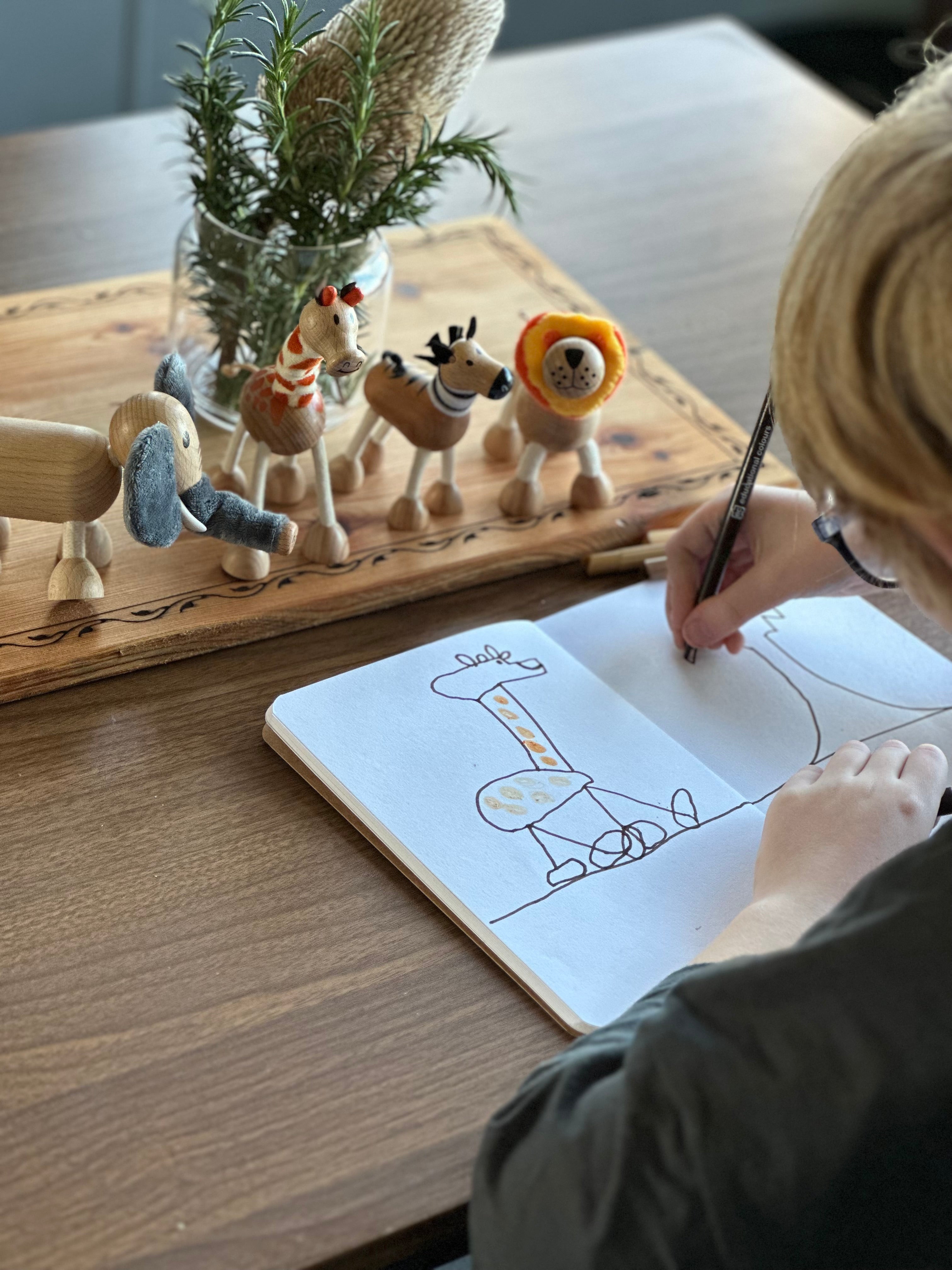Multi-sensory toys: A therapeutic embrace for children with autism

If you have a child dealing with sensory issues, particularly if they are on the autism spectrum, you're likely aware of the unique challenges they face. Sensory sensitivities became integral to autism diagnoses in 2013, underlining the significance of sensory elements in understanding and supporting children with autism. In this blog, we delve into the world of sensory toys for autism, exploring their role and why they're crucial for children with sensory challenges.
Understanding Sensory Issues: Hyper-sensitivities and Hypo-sensitivities
Children with autism often experience sensory issues, which can manifest as hyper-sensitivities or hypo-sensitivities. Hyper-sensitive children are overly responsive to stimuli, leading to sensory overload. On the other hand, hypo-sensitive children are under-responsive, requiring more sensory input to register information. These sensitivities span various aspects, including sights, sounds, smells, tastes, touch, balance, and body awareness.
How Sensory Toys Aid Autism: A Therapeutic Approach
Sensory toys play a pivotal role in supporting children with autism. They are specially designed to stimulate a child's five senses—sight, sound, touch, smell, and taste. These toys incorporate elements such as bright colours, sounds, and different textures to provide a safe and natural environment for sensory development through play.
Addressing Hyper-Sensitivity:
For hyper-sensitive children, ordinary stimuli can be overwhelming, leading to sensory overload. Sensory toys become valuable tools in managing hypersensitivity. They offer a controlled and enjoyable way for children to engage with their environment. However, while these toys contribute significantly, it's essential to consult with professionals, such as occupational therapists, to ensure comprehensive support.
Meeting the Needs of Hypo-Sensitive Children:
Hypo-sensitive children, on the other hand, require more sensory input. Sensory toys cater to this need by offering a diverse range of stimuli. Activities involving these toys, such as dancing, jumping, running, and catching, become essential for developing physical skills and coordination in hypo-sensitive children.
The Role of Sensory Toys in Autism:
Sensory toys act as facilitators for relaxation, focus, and calming in various scenarios for children with autism. They reduce fear and discomfort, enabling natural play. Beyond that, these toys contribute to the development of social learning skills like negotiation, planning, and sharing.
Sensory Processing: Unlocking the Potential of Two Additional Systems
Beyond the traditional five senses, there are two additional systems—proprioceptive and vestibular—that collectively provide information about body movement. Sensory processing is the mechanism by which the body interprets sensory information and responds. Some children may be more sensitive to certain sensory experiences, requiring careful consideration in choosing appropriate toys.
anamalz: A Perfect Fit for Sensory Play
Amidst the myriad of sensory toys available, anamalz stand out as ideal companions for children with autism. These multi-sensory wonders offer vibrant colours, diverse textures, and interactive features, providing a comprehensive sensory experience. anamalz become symbolic representations in the realm of play therapy, offering a non-verbal pathway for emotional expression and exploration.
Nurturing Growth, Imagination, and Joy
In navigating the complexities of sensory challenges associated with autism, sensory toys emerge as invaluable tools. anamalz, with their intentional design and versatility, go beyond being toys—they become instruments of growth, imagination, and joy. anamalz pave the way for children with autism to embark on a journey of self-discovery in a world that celebrates their unique potential.
For more information on sensory toys and their benefits for children with autism, explore these resources: Autism Speaks, Sensory Edge, Special Needs Resources.



Share and get 15% off!
Simply share this product on one of the following social networks and you will unlock 15% off!